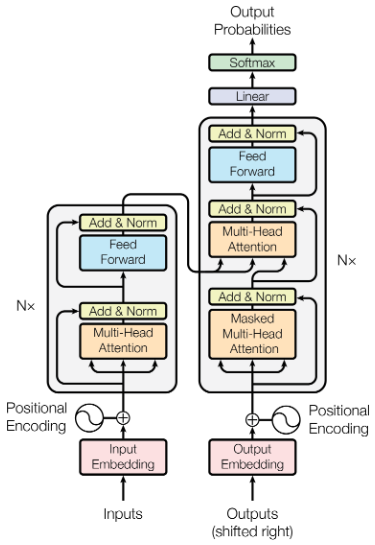I have had some professional experience in marketing. It’s a job, you know? Targeted advertising is a very common data science application. Specifically, I’ve built models that use credit data to decide who to send snail-mail. Was this a positive contribution to society? Eh, probably not.
In the title I ask, “good or evil?”, but obviously most people think the answer is “evil”. I’m not here to convince you that targeted advertising is good actually. But I have a bunch of questions, ultimately trying to figure out: why do we put up with targeted ads?
For the sake of scope, I’m thinking mainly about targeted ads as they appear on social media platforms. And I’m just thinking of ads that try to sell you a commercial product, as opposed to political ads or public service announcements. These ads may be accused of the following problems:
- Using personal data that we’d rather keep private.
- Psychic pollution–wasting our time and attention, or making us unsatisfied with what we have.
- Misleading people into purchasing low quality or overpriced goods.

